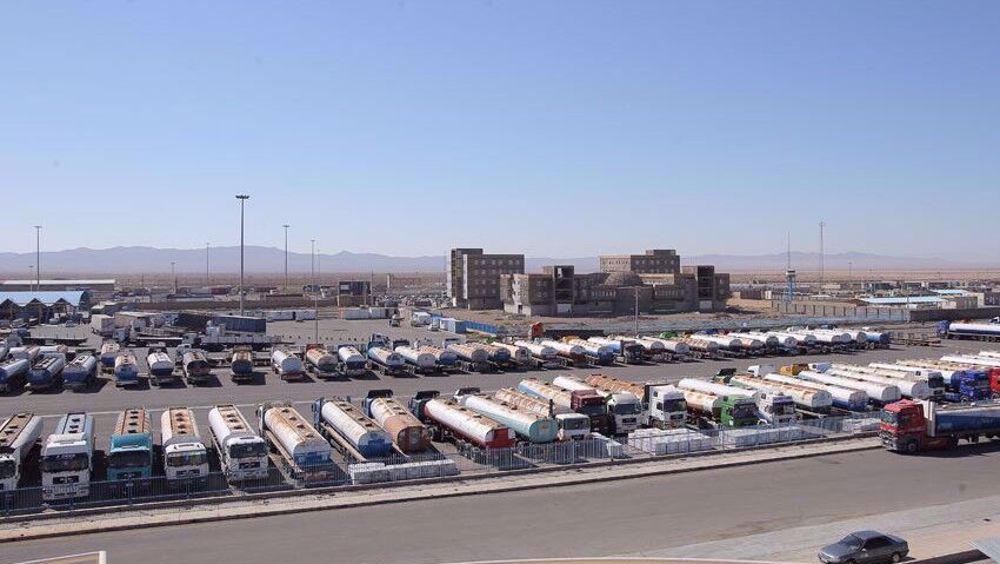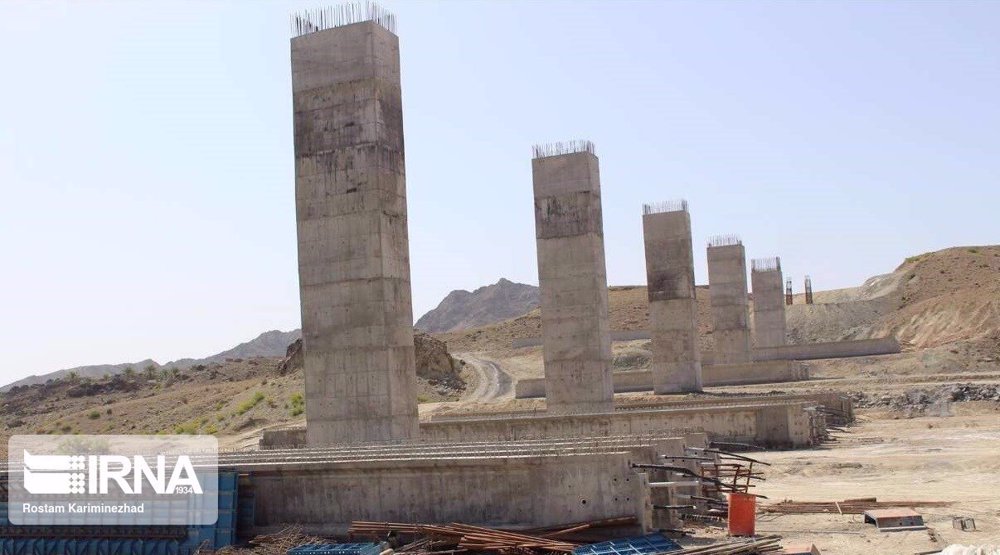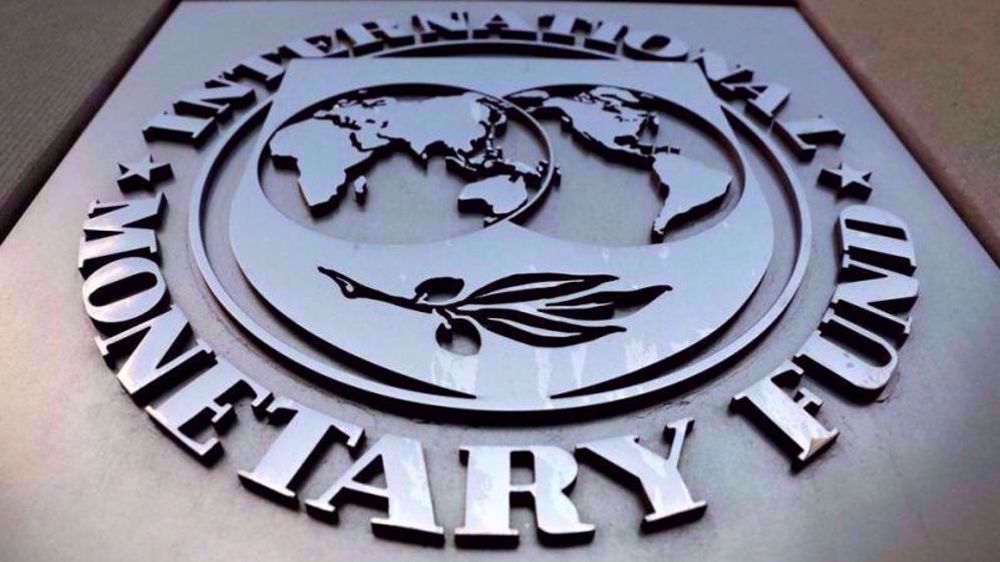Iran resumes Afghan trade as it looks to future under Taliban
Local Afghan officials have called for an increase in Iranian fuel supplies to Afghanistan where the country's lightning takeover by the Taliban has triggered a spike in gasoline prices.
Iran is a key fuel provider to its eastern neighbor, but the Taliban's recent capture of border provinces disrupted supplies.
New provincial governors appointed by the Taliban have requested critical deliveries of oil products to resume, spokesman for the Iranian Oil, Gas and Petrochemical Products Exporters Union Hamid Hosseini was quoted as saying.
They have cut customs tariffs for imports of diesel, petrol and gasoil by as much as 70 percent, he added.
Iranian customs officials, cited by official IRNA news agency, said all of the country’s borders with Afghanistan have reopened and goods are transiting safely. The Islamic Republic of Iran Customs Administration (IRICA) lifted a ban on fuel exports to Afghanistan, which had been in place since Aug. 6.
Hosseini confirmed that Iran's fuel exports to Afghanistan have resumed, including through South Khorasan border.
“The problem we’ve had in Afghanistan is corruption and taking costs from traders,” Hosseini was quoted as saying. “The Taliban could help here and they can make sure that Afghan customers then get goods at a lower price.”
According to the official, Iran exported 274,000 tonnes of gasoil and 80,000 tonnes of gasoline to Afghanistan last year.
Afghan traders also buy Iran's intermediate petroleum product raffinate, heavy and light hydrocarbons and blend them in Afghanistan to produce fuel.
Iran is Afghanistan’s largest trading partner, with around $2 billion in bilateral trade each year, nearly a third of Afghanistan’s total trade volume. They share a 570-mile border that includes several lucrative trade routes.
Hosseini, separately cited by Reuters news agency, said Iran can easily double its trade with Afghanistan, noting that the government of fugitive president Ashraf Ghani was always trying to limit cooperation with Iran since Iran was under US sanctions.
The Islamic Republic already hosts around three million Afghans, including around one million refugees and two million undocumented migrants, according to the United Nations. The recent upheaval has forced thousands of Afghans to flee their homes and cross the border into Iran.
Over the past two weeks, Afghanistan's currency, the Afghani, has plunged to its weakest value on record, but it has strangely gained on the Iranian market amid a spree of buying by speculators who believe it would rebound soon.
While Iran is hedging its bets on the Taliban amid skeptical voices about the group's past record, the constant principle for Tehran has been the development of its neighbor, irrespective of who rules the country.
Even under US allies at the helm in Afghanistan, Iran's development projects did not stop in the war-torn country. Tehran was one of the largest donors at a 2002 Tokyo conference, pledging more than India, Saudi Arabia, the United Arab Emirates, Turkey, Norway, Switzerland, Australia, and Pakistan combined.
The Islamic Republic has spent millions of dollars on development and reconstruction projects in Afghanistan. It has built hundreds of kilometers of highways and railroads.
While Iran’s major investments in Afghanistan reflect strong historic and cultural ties between the two nations, they also show the Islamic Republic's push to improve the security of its borders and cut illegal immigration from Afghanistan which affects Iran’s eastern provinces of Sistan and Baluchestan, Khorasan, and Kerman.
Last December, the two countries marked the opening of their first shared railway network, linking the Iranian city of Khaf with the Afghan town of Rozanak about 150 kilometres away.
The 225 kilometer network is scheduled to be expanded to reach Herat, Afghanistan's third largest city, and help transport six million tonnes of goods and a million passengers annually. The Khaf-Herat network would later be connected to Central Asian and Chinese rail networks, officials said then.
Iran also provides easy access to the sea to Afghanistan through Chabahar. The Iranian port is part of a new transportation corridor designed to boost landlocked Afghanistan’s economy through access to overseas markets.
However, until Afghanistan arrives at new agreements with neighbors, the future of its trade under the Taliban will hang in the balance.
The militant group is also in charge of negotiating some outstanding issues with neighbors, including water sharing with Iran. Tehran has strongly objected to Afghanistan's construction of dams near the Iranian border in recent years.
The two countries have a water sharing agreement signed between them in the 1970s but declining rainfall, prolonged droughts, and mismanagement of water resources have severely affected agricultural production, food security and availability of drinking water in both countries.
In the past, Tehran has complained that Kabul does not allow sufficient water into Iran’s water-stressed southeastern region.
VIDEO | Foreign hands, failed chaos
Russia’s Lavrov condemns Western plots for ‘regime change’ in Iran
‘No natural uprising’: Prominent global voices on US-Israeli role in engineering Iran riots
Trump threatens 200% wine tariffs on France to push Macron to join Gaza board
Yemen’s Saudi-backed PLC slams UAE for running secret prisons; Abu Dhabi denies
Swiss MPs move to strip UEFA of tax-exempt status over failure to ban Israeli teams
VIDEO | Massive Michigan pileup sees over 100 vehicles collide in highway crash
Diagnosing the roots of Iran’s economic turmoil












 This makes it easy to access the Press TV website
This makes it easy to access the Press TV website